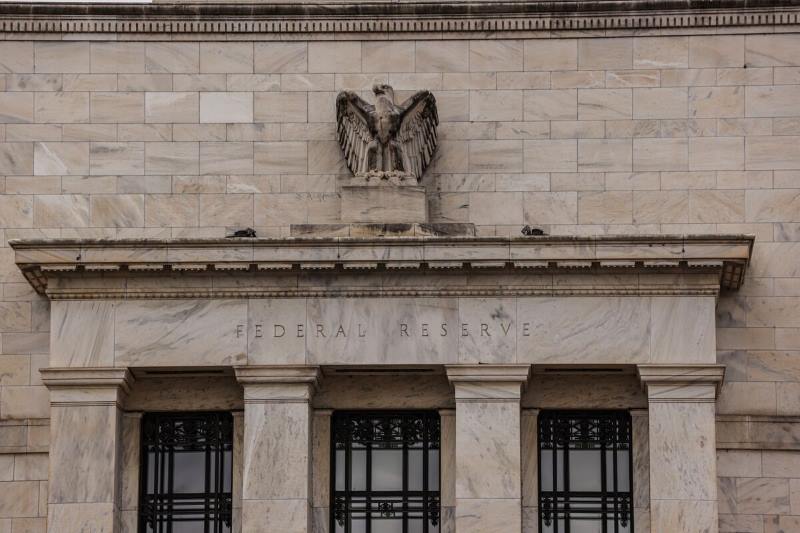Markets
Treasuries Decline Driven by Short-Term Debt
Treasuries fell, particularly influenced by short-term debt, after the Federal Reserve’s latest policy meeting minutes revealed that “many” officials questioned whether the current policy was sufficiently restrictive to reduce inflation to target levels.
Yield Increases and Flattening Curve
Yields on two-year notes rose approximately 5 basis points to 4.88%, making the US yield curve the flattest it has been in over a month. Meanwhile, ten-year yields increased by 1 basis point to 4.43%. This movement began earlier in the day after a stronger-than-expected inflation report in Britain caused rates on 10-year UK gilts to soar.
U.S. yield curve flattens as two-year notes rise sharply, driven by strong UK inflation data and gilt surge, WSJ Subscription Offers said.
Fed’s Stance on Policy
Minutes from the Federal Open Market Committee meeting on May 1 indicated participants believed the policy was “well positioned.” Several officials expressed a willingness to tighten further if necessary. These discussions occurred before a US inflation report showed price pressures easing for the first time in six months. This helps explain the relatively muted market response.
Market Reaction to Fed Minutes
The Treasury market bear flattened immediately before the release. Since the headlines, the price action has remained intact. Two-year yields slightly extended, reaching the day’s highs. Ian Lyngen from BMO Capital Markets noted the minutes had a “decidedly hawkish tone.” He added that the trajectory of inflation is now viewed as less severe than before.
Inflation Report and Market Repricing
Last week’s inflation report triggered significant market repricing as investors bought Treasuries in anticipation of future rate cuts. Traders have tempered expectations for the Fed, anticipating two rate cuts this year. Swaps now price in 38 basis points of easing, down from around 42 last week.
20-Year Bond Sale and Demand
Earlier, the curve flattening extended after a $16 billion sale of 20-year bonds resulted in yields largely in line with pre-auction levels, indicating strong demand. A block trade priced shortly after the auction also aligned with bets on a flattening curve.
Long-Term Yield Expectations
“The curve can invert further,” said Ed Al-Hussainy, a rates strategist at Columbia Threadneedle Investment. “The market is pricing the Fed to hold rates longer than necessary, while the risk of labor market weakness is increasingly likely to lower long-term yields.”
Don’t miss this extraordinary opportunity—enroll today for a 77% discount on a 2-year membership to Financial Times Epaper and The Economist Digital. Gain invaluable business and financial insights from both renowned publications. Expand your knowledge horizons now!

